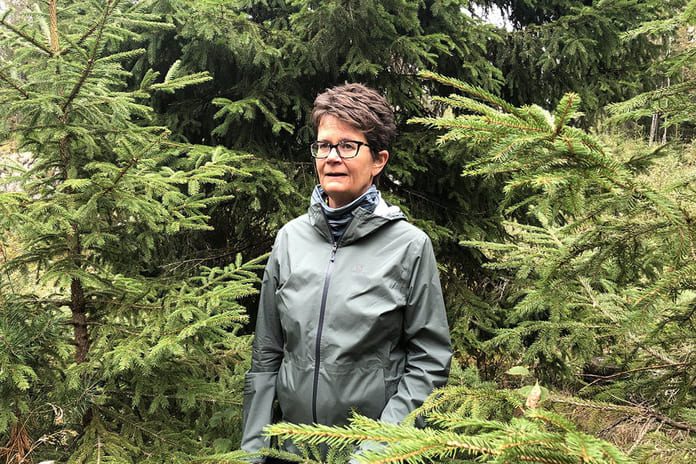Scientists hope to replace imported protein in fish feed with yeasts grown from spruce trees. Salmon trials will begin in October 2021.
According to a report in All About Feed, large-scale production of yeast (1,600 kg) has now been produced in one fermentation run from a few thousand litres of spruce tree sugars.
The yeast, a microbial protein source with a protein content of 50-60 per cent, will be used in large-scale feeding trials with pigs and Atlantic salmon.
Coordinated by Foods of Norway, sugar from Norwegian spruce trees was produced by biorefinery company, Borregaard. This was used to grow the yeast at Lallemand’s production site in Estonia, and the processes were scaled up by scientists at the Norwegian University of Life Sciences.

Rise up
Professor Margareth Øverland, head of Foods of Norway, told All About Feed. “We have been working with this since 2015. The idea came about from an earlier experiment with Borregaard in 2011 when we discovered that salmon fed yeast produced from tree sugars performed well and were healthier. We realised then that this had potential.”
The yeast is harvested using a technology that involves converting tree by-products into sugars by thermo-chemical processing combined with a novel enzyme technology. Fermentation technology using a special yeast strain is then used to convert the sugars into yeast, followed by processing and drying to produce a high-quality protein-rich yeast powder.
Øverland continued, “We are entering an exciting phase where we will be evaluating yeast in diets for salmon in seawater and for piglets under farm conditions.”
Trials
The salmon trial will begin in October 2021 and run until June 2022, while the piglet trial will begin in November 2021 and run until April 2022.
“Yeast will have a high value as a feed ingredient due to its high protein content with a favourable amino acid profile and the documented health beneficial effects,” she notes, adding that the larger-scale trials will provide information on how these feeds will affect the growth, health and product quality of the animals as well as the production cost and sustainability of using these ingredients.
In the future, the team hopes to scale up production by building factories that can produce at least 50,000 tonnes of yeast per year.


